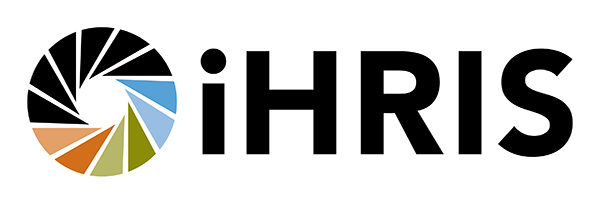Capacity Project Informatics Director Certified in Enterprise Architecture
Capacity Project's Informatics Director and HRIS Team lead, Dykki Settle, was recently certified as an Enterprise Architect, after completing an invitational TOGAF 8 training course offered by WHO's Health Metrics Network secretariat. Enterprise Architecture refers to how an information system is organized, the relationship of its data components, and the principles governing its design and evolution. TOGAF stands for The Open Group Architectural...
